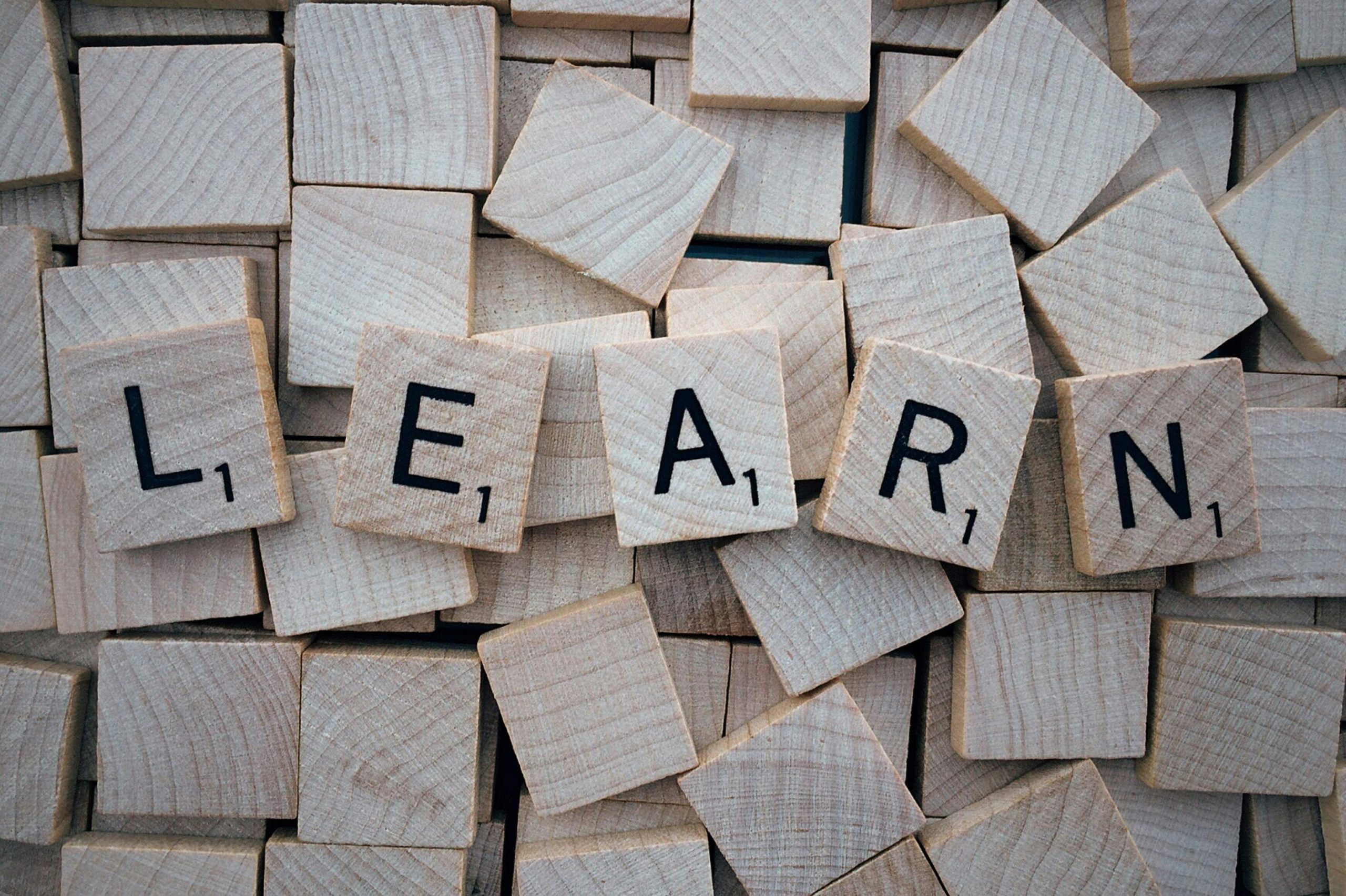
Puzzle games have been a popular activity for millennia. They entertain and challenge us, encouraging us to think critically. In recent years their popularity has spread beyond casual play and into the realm of teaching. Teachers and researchers alike are discovering how effective puzzle games can be in developing young minds. This is more than a passing fad; it represents a significant shift in the way education is provided.
The Rise of Puzzle Games in Education
Education is always evolving to meet the demands of the modern learner. Puzzle games are becoming popular as instruments for engagement and successful teaching. Schools are increasingly using gamified ways to create a dynamic learning environment. These games offer an alternative to standard teaching methods allowing students to explore subjects in a hands-on way. Their emergence in education reflects an increasing desire to make learning enjoyable and meaningful.
Benefits of Puzzle Games for Learning
The educational value of puzzle games is immense. They promote critical thinking memory and cognitive growth. When kids work on puzzles they learn to approach challenges systematically. The step-by-step method of solving puzzles encourages logical thought. Furthermore puzzle games increase concentration and persistence allowing pupils to face problems without giving up quickly.
Another key benefit is the improvement of teamwork. Many puzzle games necessitate collaboration which improves communication and group problem-solving abilities. These benefits go beyond academics preparing pupils to face real-world issues.
Puzzle Games Improve Problem-Solving Skills
Problem-solving is an important life skill and puzzle games excel at teaching it. When presented with a puzzle players must assess the circumstance design tactics and test answers. This approach is similar to the steps taken to solve complicated challenges in life and at business.
Furthermore puzzles frequently depict instances in which there is no single correct answer. This encourages pupils to embrace creative thinking and consider multiple alternatives. Students who play puzzle games on a regular basis develop resilience and adaptability, both of which are crucial skills in today’s fast-paced world.
Integration of Puzzle Games in Modern Classrooms
Modern classrooms are increasingly becoming centers of innovation. Puzzle games are being used in lesson plans to make disciplines such as math science and language arts more accessible. Interactive whiteboards and tablets enable teachers to seamlessly integrate digital puzzles into their lessons.
These games also help to close learning gaps. For example children who are struggling with math ideas can employ math-based puzzles to help them understand. Teachers can build games to accommodate different learning styles ensuring that no student falls behind.
Technology and Puzzle Games in Education
Technology has transformed how puzzle games are utilized in teaching. With the growth of educational apps and online platforms children can now access a variety of puzzles based on their age and skill level. Augmented reality (AR) and virtual reality (VR) improve the learning experience by providing immersive puzzle-solving environments.
These technological developments make education more fascinating. They also provide immediate feedback allowing students to learn from their mistakes and progress rapidly. Gamification platforms allow teachers to monitor progress and highlight areas where pupils want additional assistance.
Challenges in Using Puzzle Games for Education
Despite their benefits, employing puzzle games in education presents several problems. One important barrier is accessibility. Not every school has the resources to employ technology-based puzzle games. This may result in discrepancies between kids in well-funded and impoverished schools.
Another problem is ensuring that puzzle games meet instructional objectives. Some games may be amusing but not educational. Teachers must carefully choose games that complement their curriculum and learning objectives. Another factor to consider is screen time balance as excessive use of digital games can have an influence on physical health and social engagement.
Examples of Popular Educational Puzzle Games
Several puzzle games have grown commonplace in educational institutions. Sudoku for example is commonly used to improve logical reasoning and numerical abilities. Crossword puzzles improve vocabulary and language understanding. Digital games like “Minecraft: Education Edition” teach ideas such as architecture and collaboration.
Apps such as “Kahoot!” and “Quizlet” use puzzle components to make quizzes more entertaining. These methods have proven to be successful at encouraging active engagement and knowledge retention. Using a variety of puzzle games educators may respond to a wide range of learning needs.
Future of Puzzle Games in Education
The future of puzzle games in teaching seems bright. As technology advances we should expect increasingly sophisticated games meant to teach complex subjects. AI could help create adaptive puzzles that adjust to the learner’s skill level.
Collaboration among educators, game makers and researchers will foster innovation. This alliance will keep puzzle games relevant and effective. The emphasis will most likely move toward developing inclusive games that meet the needs of students from various backgrounds and abilities.
Conclusion
Puzzle games are altering education by making it more participatory and engaging. They promote critical thinking, problem-solving and collaborative abilities while accommodating various learning styles. Despite hurdles their integration into schools is becoming more common as technology advances. As we look to the future puzzle games will surely play an important role in education. Their ability to pique curiosity and encourage a love of learning makes them a great resource for both educators and students
Related:
https://www.mixcloud.com/oliverlucas/
https://www.mixcloud.com/oliverlucas/what-role-of-colors-patterns-in-puzzle-game-design/
https://www.folkd.com/blog/34638-why-puzzle-games-timeless-form-of-entertainment/
https://soundcloud.com/oliverlucass/how-puzzle-games-enhance
https://soundcloud.com/oliverlucass
https://www.tumblr.com/oliverlucassblog
https://snowflake.livepositively.com/what-psychology-behind-the-appeal-of-puzzle-games/
https://list.ly/list/B4BE-new-york-times-wordle-game-today-play-now
https://www.123articleonline.com/articles/1441782/unlock-hidden-benefits-of-playing-puzzle-games
https://guestpostsubmission.com/how-puzzle-games-enhance-cognitive-skills/
https://sites.google.com/view/now-gg-roblox-unblockedgames/home
https://www.aislac.org/what-connection-between-puzzle-games-and-mindfulness/
https://multibloggy.com/what-challenges-of-speed-solving-in-puzzle-competitions/





Leave a Reply